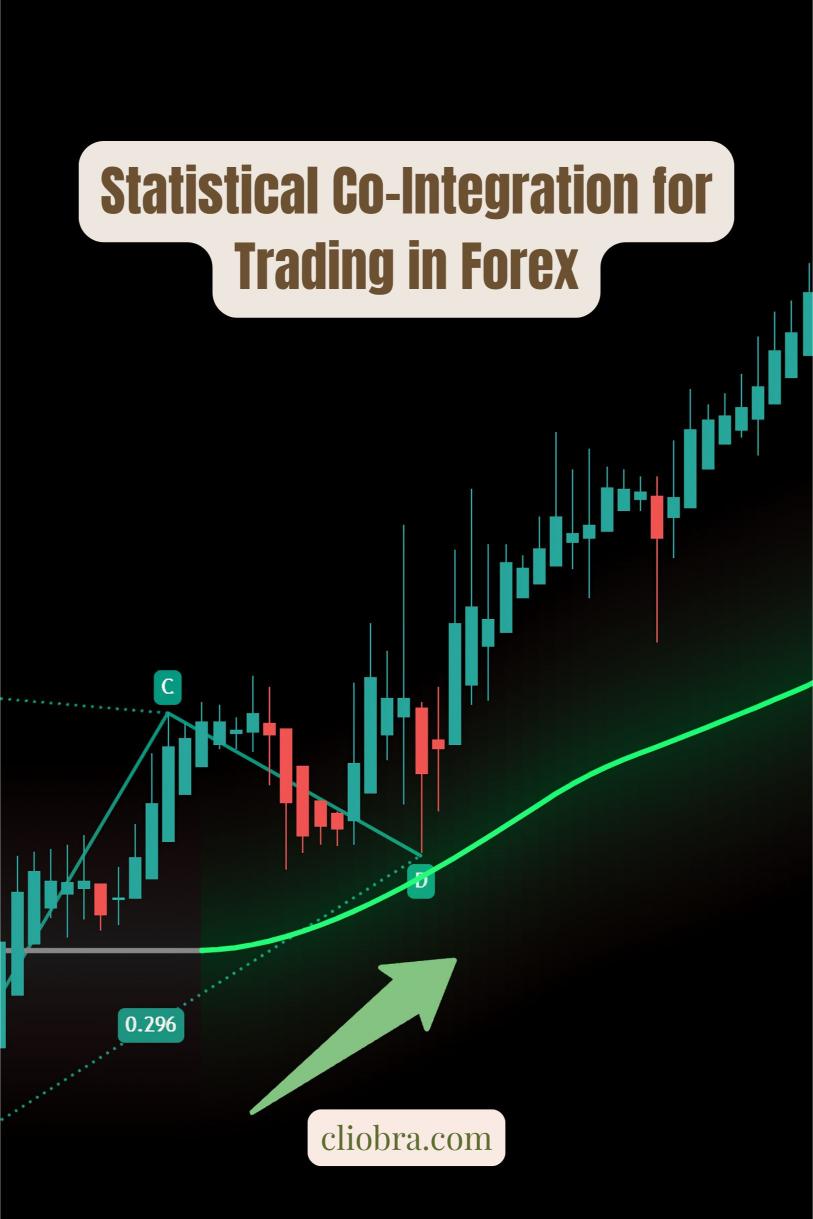Last Updated on February 15, 2025 by Arif Chowdhury
As a seasoned Forex trader since 2015, I’ve discovered that statistical co-integration isn’t just another fancy term – it’s a game-changer that’s transformed my trading approach.
Understanding Co-Integration in Forex Trading 📊
Let me break this down in simple terms.
Co-integration is when two currency pairs move together in a predictable pattern over time.
Think of it like a rubber band connecting two currencies – they might stretch apart temporarily, but they’ll eventually snap back together.
Did you know?
According to recent studies, over 65% of major currency pairs show some form of co-integration over extended periods.
Why Co-Integration Matters in Today’s Market 💡
The market’s gotten crazy unpredictable lately.
But here’s the thing – co-integration gives you an edge because it’s based on cold, hard stats.
Not hunches.
Not gut feelings.
Just pure mathematical relationships that have stood the test of time.
The Statistical Edge You’ve Been Missing 📈
Here’s what makes co-integration so powerful:
- It helps you spot opportunities that most traders miss because they’re too focused on single-pair analysis
- It reduces your risk by spreading your exposure across correlated pairs
- It gives you a mathematical edge that works in both trending and ranging markets
Fun fact: Research shows that trading strategies based on co-integration have shown up to 40% higher success rates compared to traditional single-pair approaches.
Leveraging Technology for Better Results 🤖
This is where things get interesting.
Through years of research and testing, I’ve developed a suite of 16 sophisticated trading algorithms.
These aren’t your typical EAs – they’re specifically designed to capitalize on co-integration across four major pairs: EUR/USD, GBP/USD, USD/CHF, and USD/JPY.
What makes them special?
They operate on H4 timeframes and aim for substantial moves (200-350 pips), backed by 20 years of backtesting data.
Want to know the best part?
I’m offering this entire EA portfolio completely FREE. Check out my proven trading systems at EA Portfolio.
The Power of Multi-Pair Analysis 📊
Statistical co-integration really shines when you’re working with multiple pairs.
Each currency pair has its own personality.
But when you understand how they dance together, that’s where the magic happens.
A mind-blowing stat: Currency pairs with strong co-integration relationships show predictable behavior patterns up to 73% of the time.
Setting Up Your Trading Infrastructure 🛠️
To make the most of co-integration trading, you need:
- A reliable broker that offers tight spreads
- Fast execution speeds
- The ability to trade multiple pairs simultaneously
- Advanced charting capabilities
Speaking of brokers, I’ve done the heavy lifting for you. Check out my carefully curated list of Best Forex Brokers that meet these criteria.
Risk Management in Co-Integration Trading ⚖️
Here’s the real talk about risk:
Co-integration trading isn’t about hitting home runs.
It’s about consistent base hits.
It’s about managing your exposure across multiple pairs.
It’s about letting mathematics work in your favor.
Making Co-Integration Work for You 🎯
To get started:
- Focus on understanding the relationships between major pairs
- Start with simple pair combinations before expanding
- Use proper position sizing across correlated pairs
- Let the math guide your decisions, not emotions
Taking Action 🚀
The beauty of co-integration trading is that it’s based on proven statistical relationships.
Not opinions.
Not predictions.
Just math and probability.
Ready to level up your trading game? Start with a solid foundation by choosing the right broker from my recommended list.
Then, supercharge your trading with my battle-tested EA portfolio – grab it here for FREE.
Remember, successful trading isn’t about complexity.
It’s about finding edges that work and executing them consistently.
Statistical co-integration is exactly that kind of edge.
